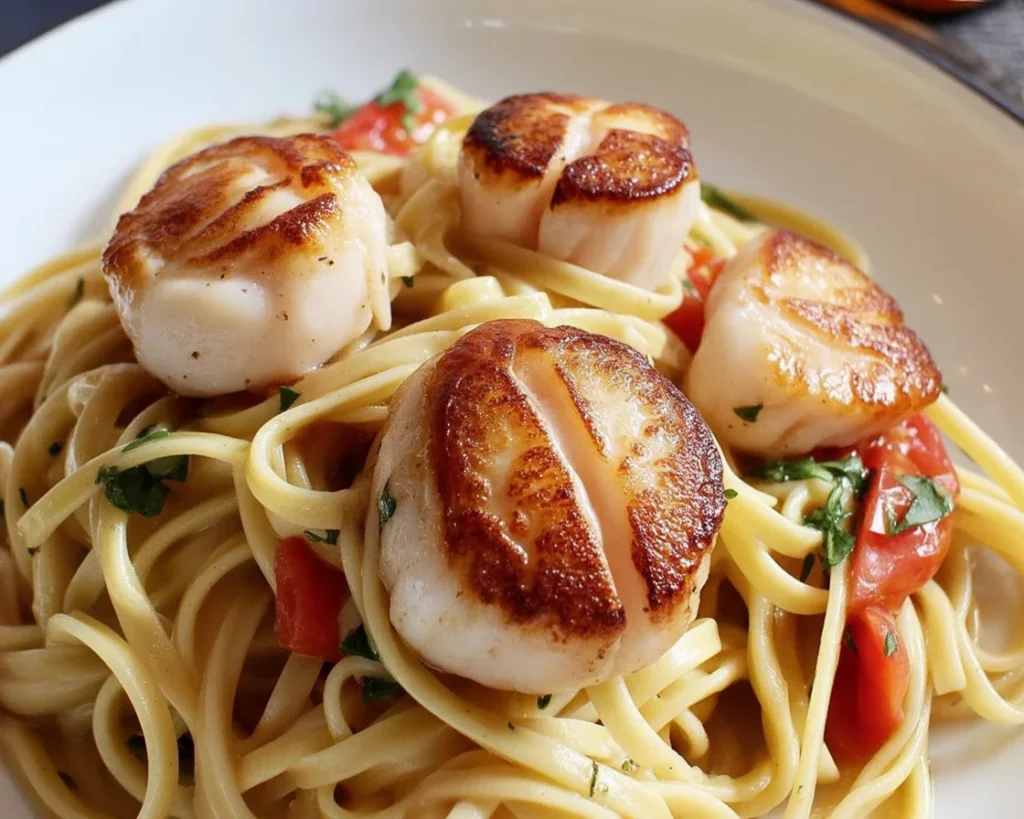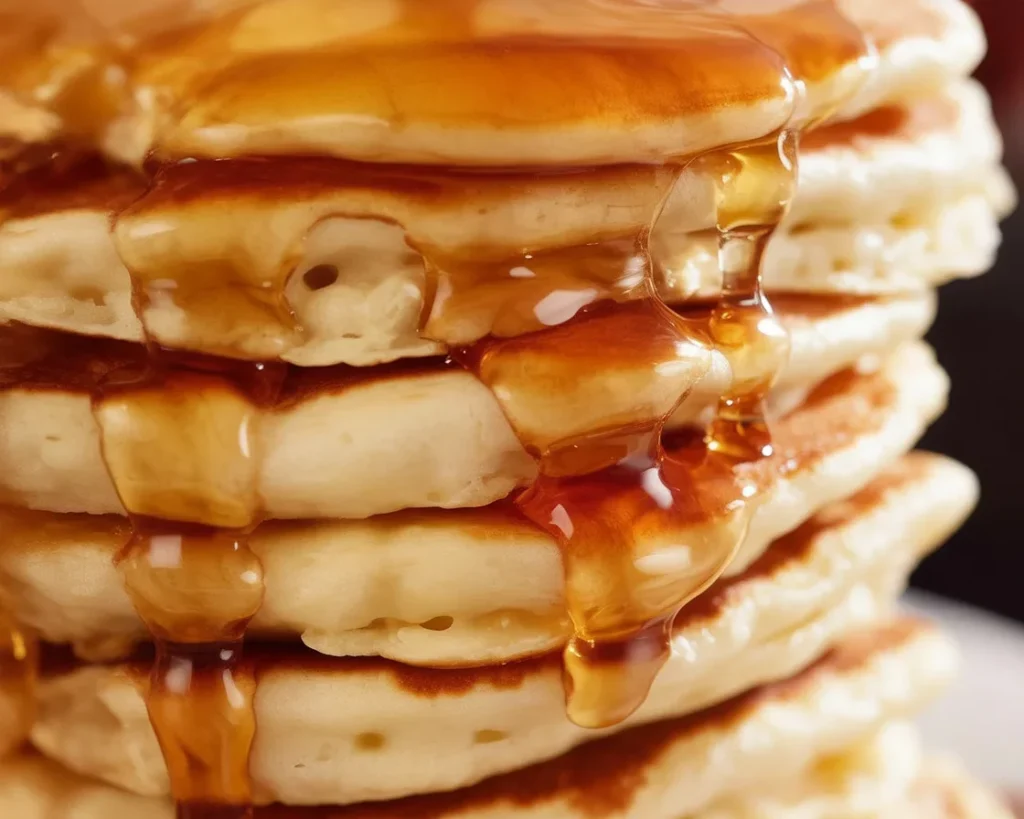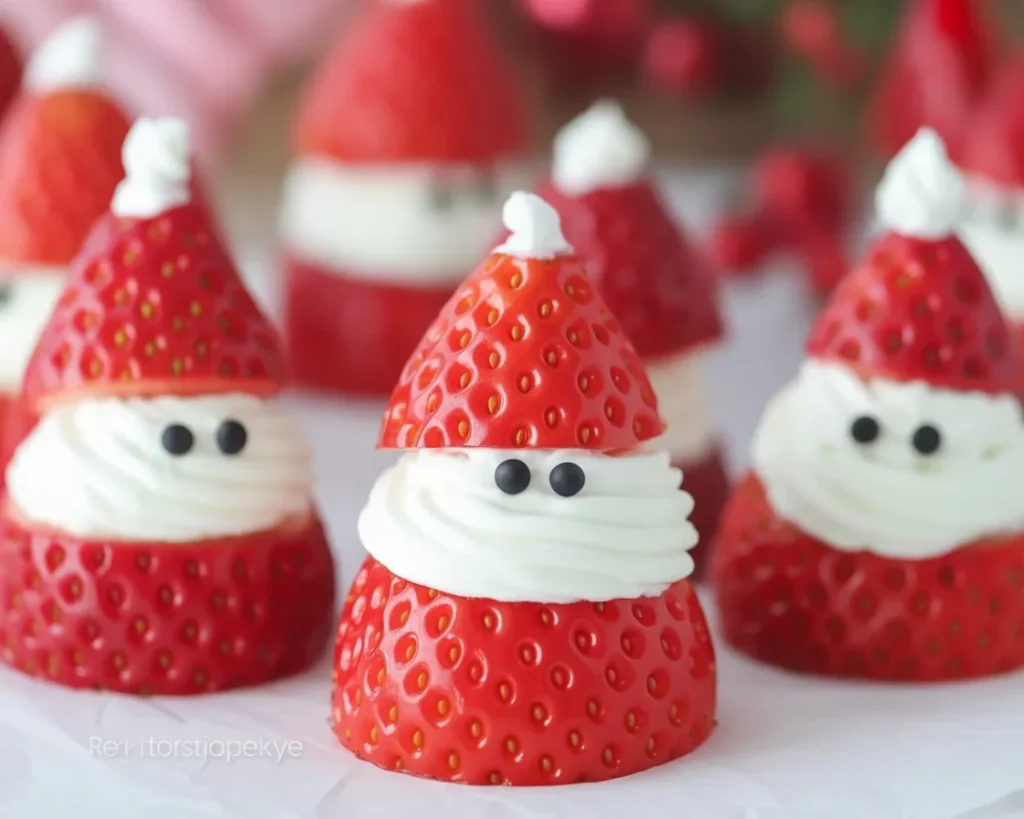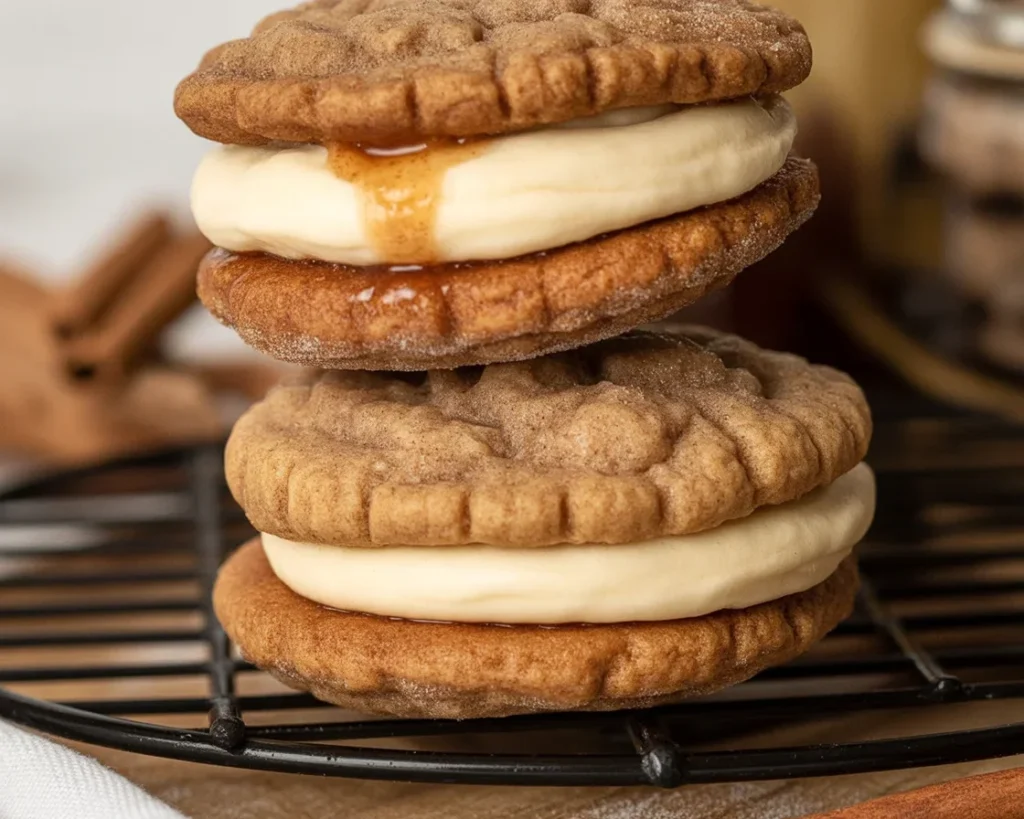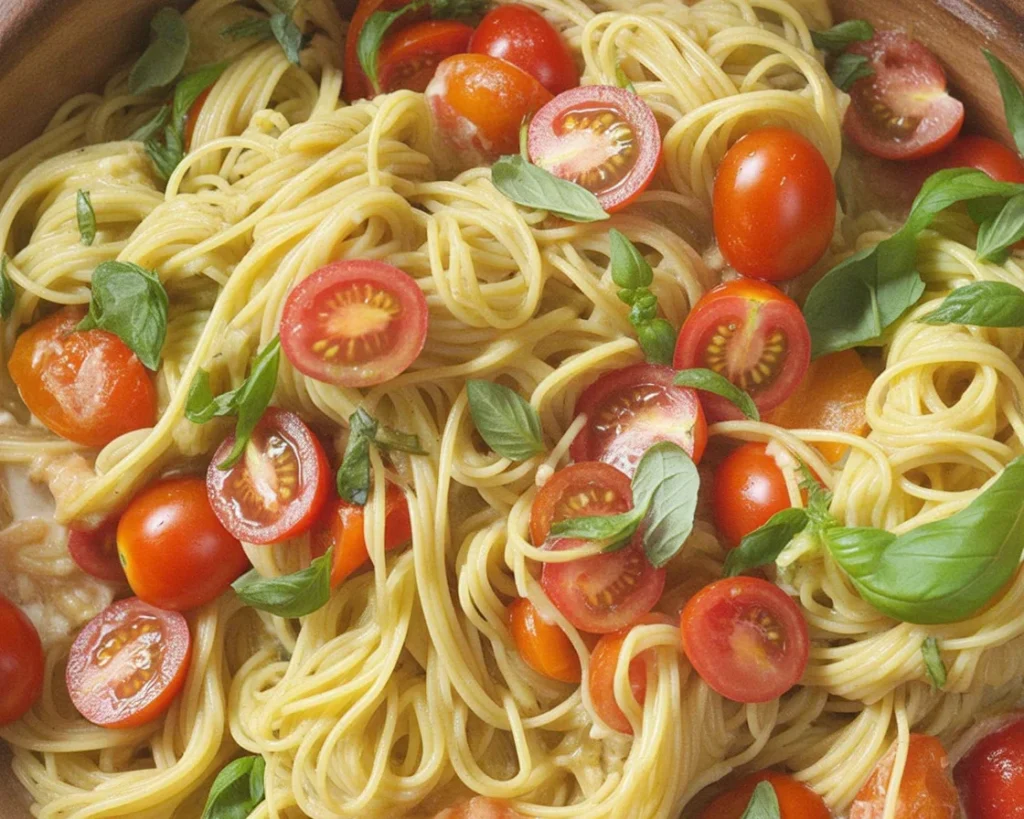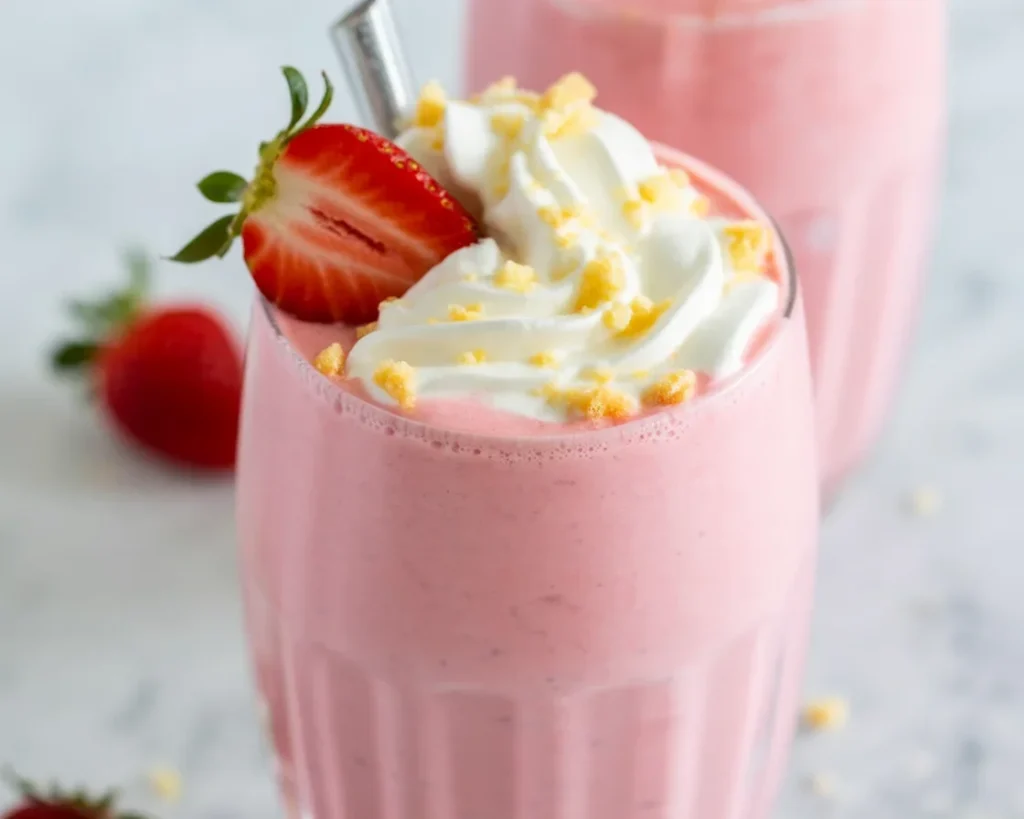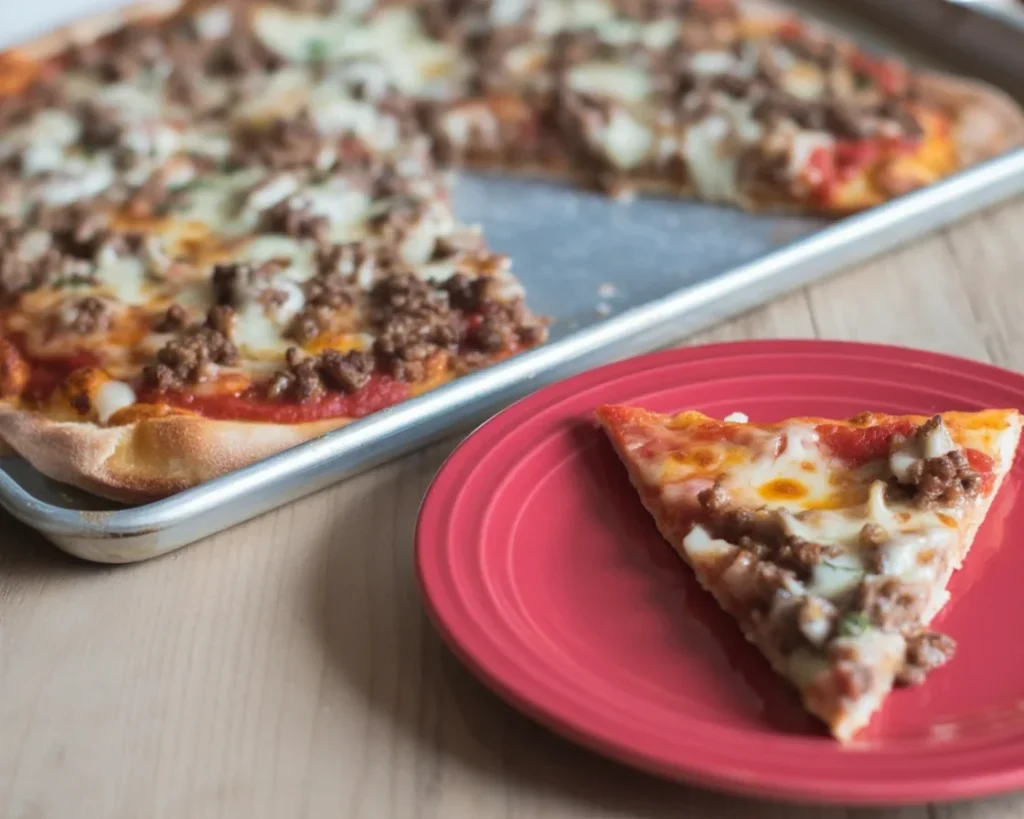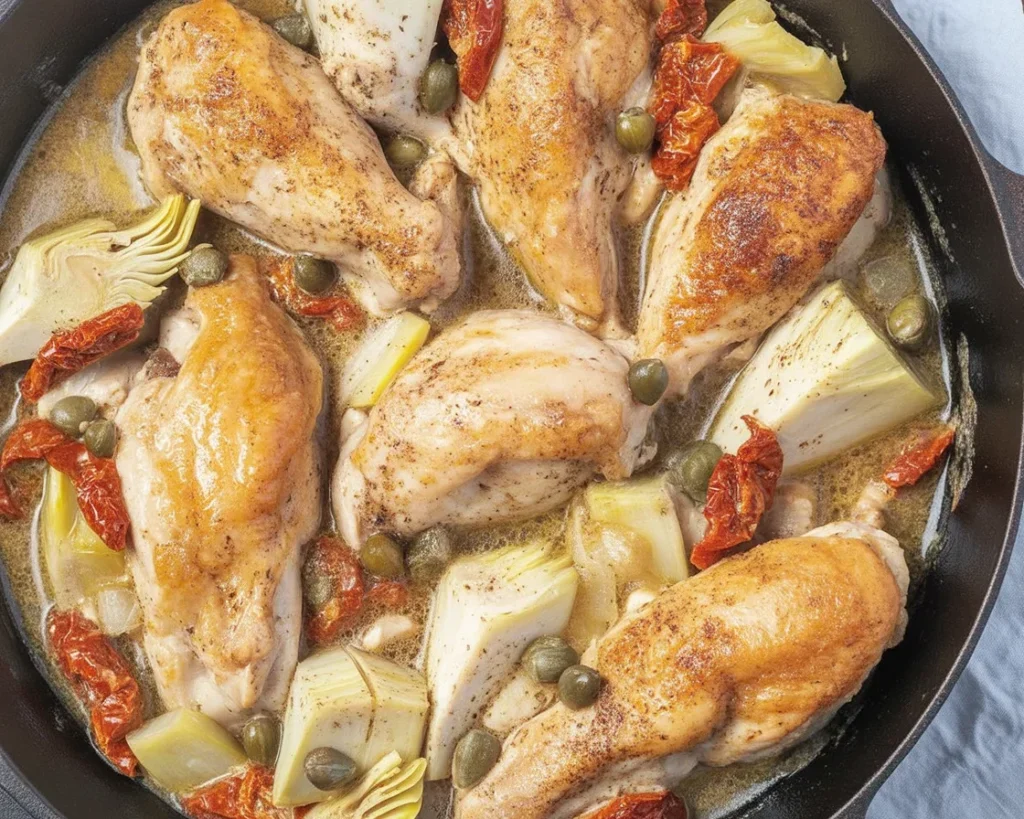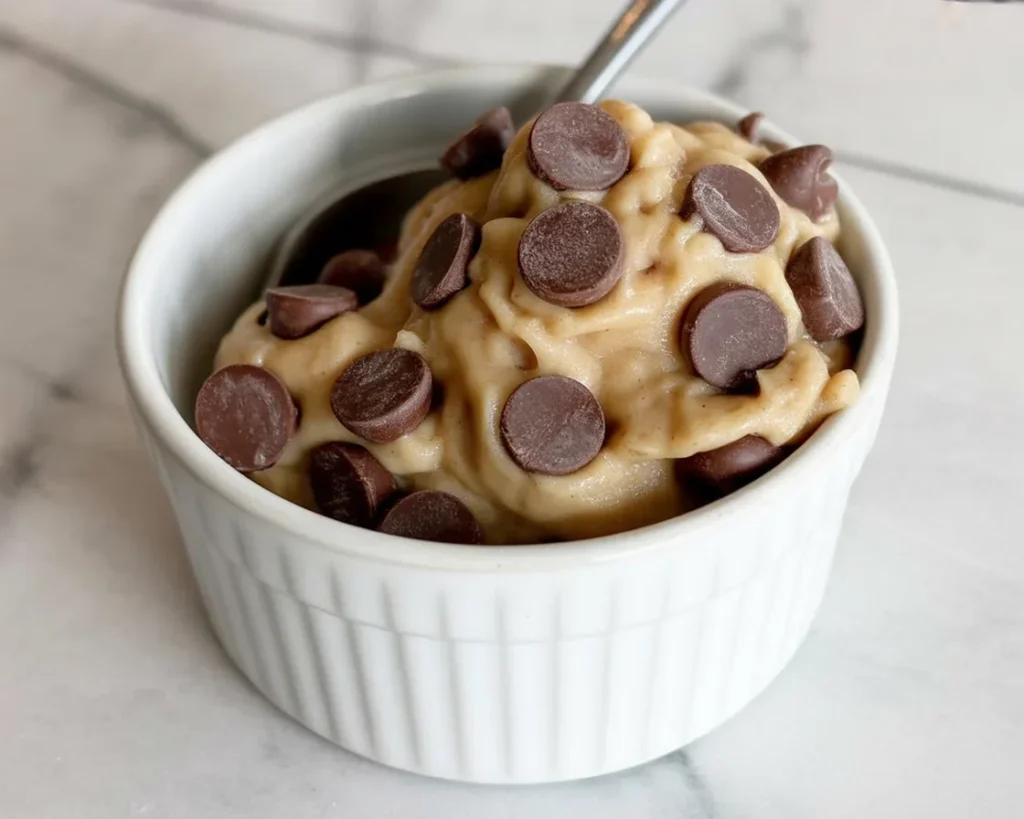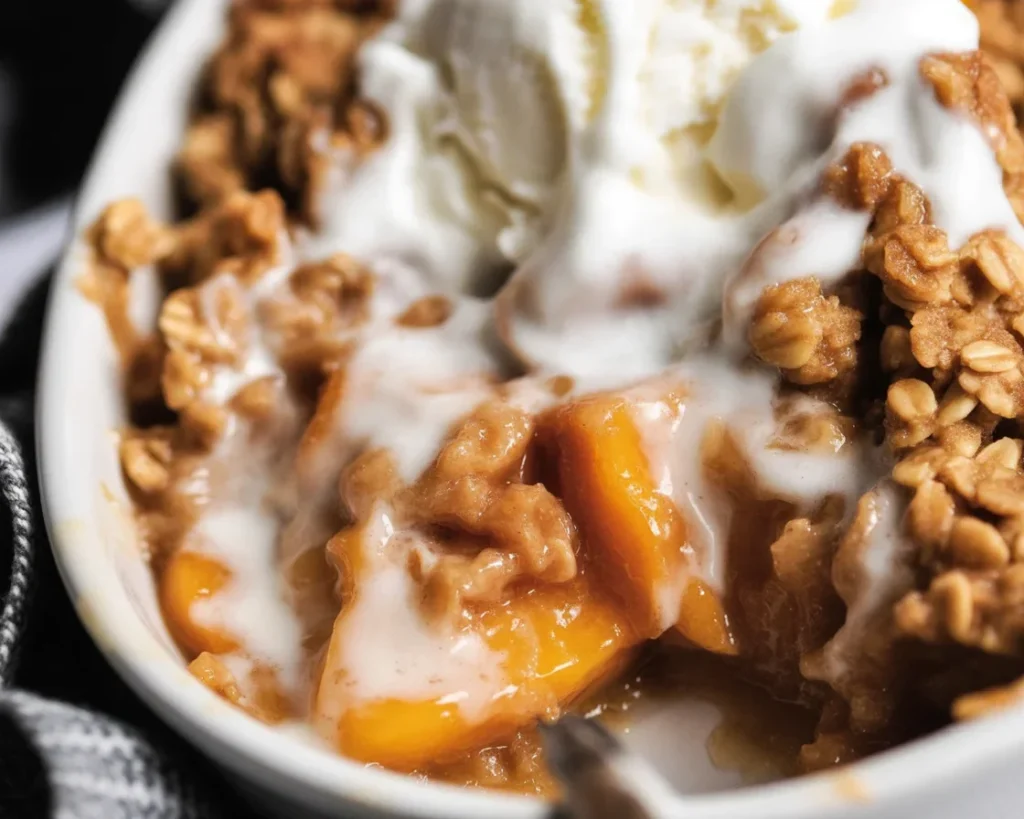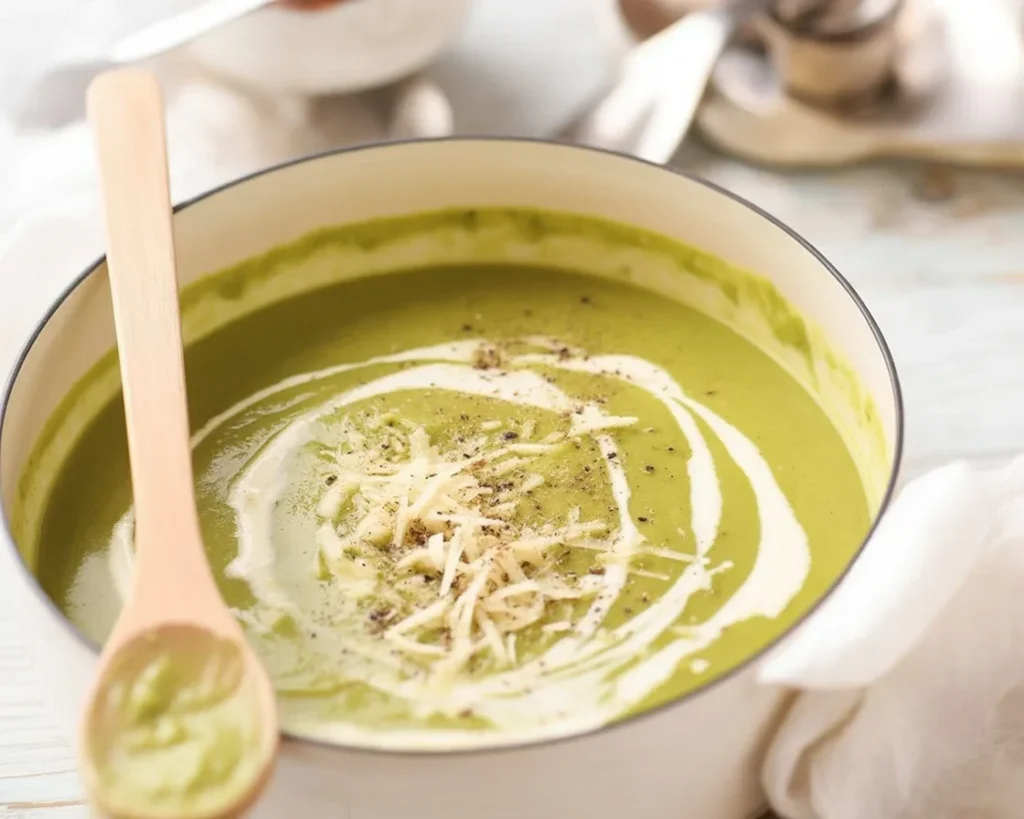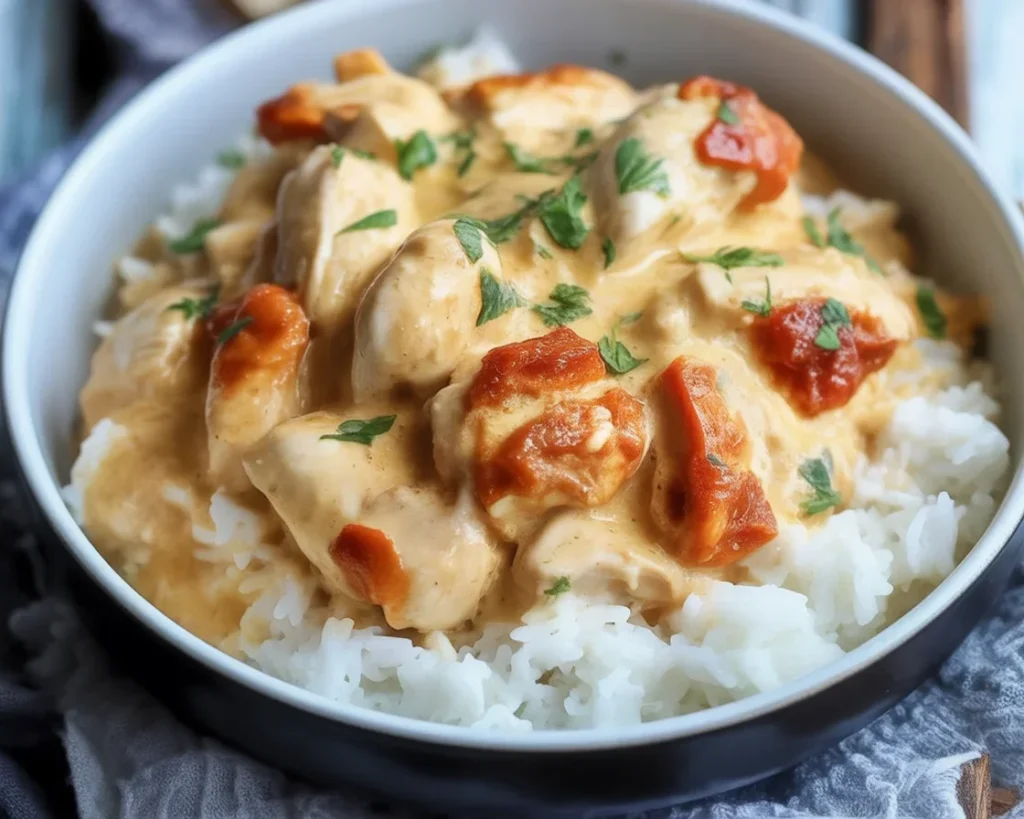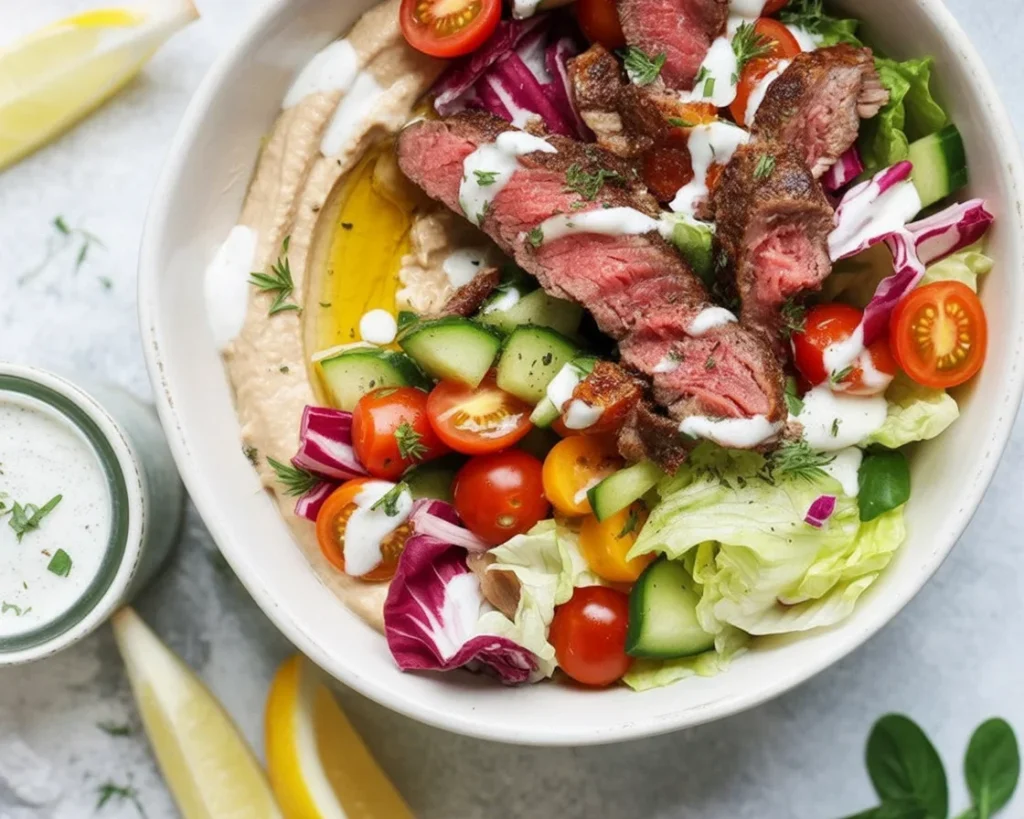Seafood Pasta on a hectic weeknight—yeah, I know. It sounds fancy. Maybe even too much, right? You’re staring at your fridge like, “How am I gonna turn this pile of stuff into dinner without losing my mind?” Honestly, that’s where I always find myself too. But here’s a little secret: you don’t need to be a chef to nail an easy, delicious seafood pasta dish at home. You just need a couple of tricks (and maybe a cool little recipe, just like in this seafood recipes collection). Oh, and if you’re planning a feast, pair it with this zesty Italian pasta salad on the side. Dreamy, right?
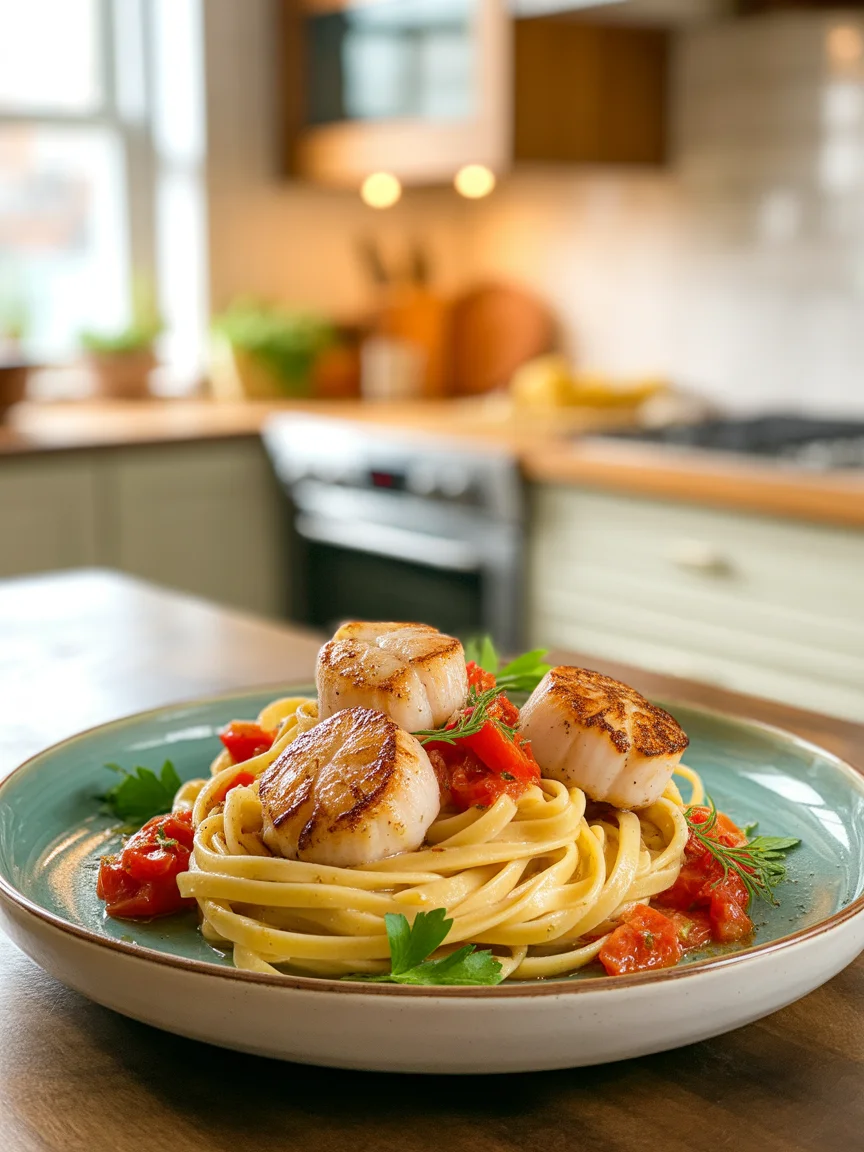
What Sauces Go Well with Seafood?
Picking the right sauce for your seafood pasta is like choosing the right playlist for a dinner party—big deal, huge impact. To start simple, garlic butter is a crowd-pleaser. Can’t go wrong. But sometimes, I’ll swing a little more adventurous: think creamy white wine, tomato and herbs, even a spicy arrabbiata if the mood strikes.
For real, creamy tomato (throw a splash of cream into your red sauce—thank me later) is top-notch with shrimp or scallops. If I’m feeling light, just olive oil, garlic, and lemon do all the heavy lifting. The brininess of the seafood kinda blends with the sauce like it was meant to be. My tip? Don’t drown the pasta—let the seafood shine but keep things saucy enough to twirl. My kitchen? Basically a five-star restaurant once a week.
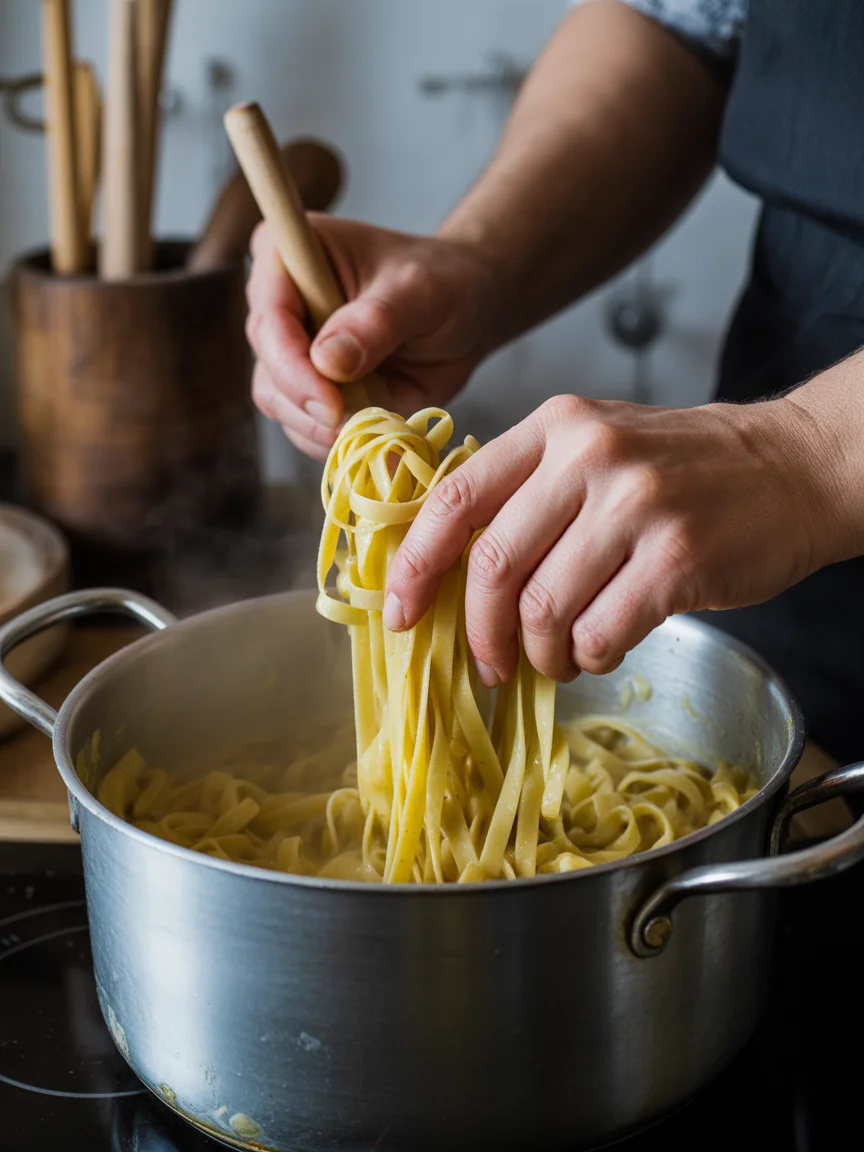
“Never thought I could pull off seafood pasta at home—your sauce tips made it stress-free and crazy good!” —Sam, reader from Florida
Tips on Making this Seafood Pasta Recipe
There are a few things that can make or break your seafood pasta. First off, freshness matters, but let’s be real—frozen seafood works just fine too. Don’t overcook those shrimp (rubbery seafood = sad dinner). Boil the pasta a minute less than you think (it cooks a bit more in the sauce), and always keep a cup of pasta water. That starchy liquid pulls the whole dish together.
Layer in your seafood near the end, so it stays sweet and tender. I like tossing clams and mussels first (they need longer than, say, shrimp). Finish with fresh herbs—parsley, basil, or whatever you’ve got. Sometimes I just raid the garden and hope for the best. Squeeze of lemon at the end? Total gamechanger. That’s not optional, folks.
And don’t be shy with your olive oil. Cheap olive oil’s fine. Just pour. You want glossy noodles and silky sauce, not a sticky clump. Some days, if I’m feeling wild, I’ll toss in a handful of cherry tomatoes or a swirl of pesto for an herby kick. Whatever works! If you’re hunting for more awesome inspiration, check out how red crab seafood fits in the mix.
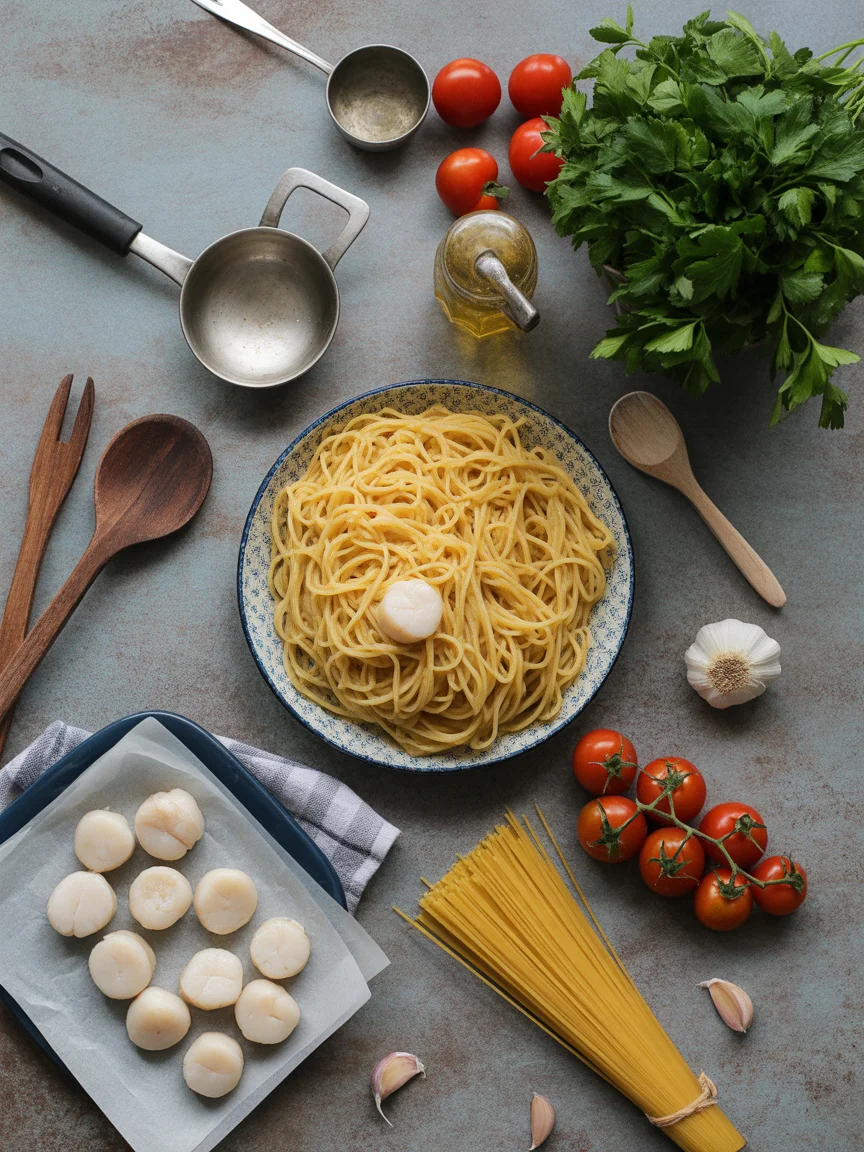
How to Adapt This Recipe
This recipe plays nice with all sorts of changes, which is exactly why I keep making it when my fridge is running low. No shrimp? Try squid, scallops, or even a handful of flaked fish (cod is dynamite). Not into cream? Skip it and just use olive oil and garlic.
Gluten-free? There are great pasta options out there, trust me. Whole wheat pasta for the health-conscious crowd? Knock yourself out. Even zucchini noodles for that neighbor who’s always on some cleanse.
Don’t want wine in your sauce? Chicken broth or even a splash of pasta water is just fine. You could pack it with veggies—spinach, asparagus, frozen peas—or stick with the basics. I’ve even tossed a little bacon in there for smoky flavor. Adapt it to suit your wildest pantry finds (okay, maybe not chocolate chips).
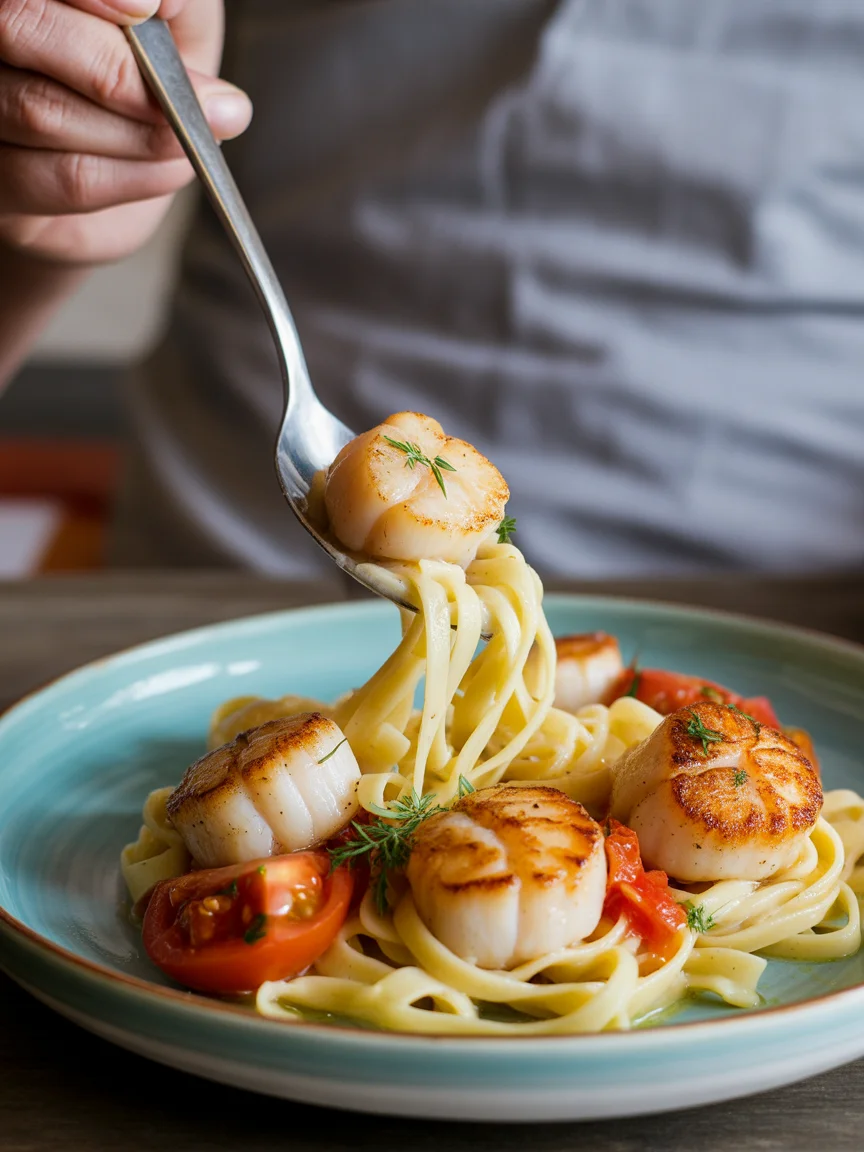
How do you Cook Frozen Seafood?
Honestly, frozen seafood is a lifesaver. Don’t overthink it. Run your seafood under cold water if it’s clumped together—that’ll help it defrost super quick. Sometimes I’ll toss still-slightly-frozen shrimp right into the pan and add an extra minute or so to cook.
Always pat the seafood dry—so it browns up more and isn’t steamed weirdly. If you’re cooking bivalves (like mussels or clams), a quick steam with garlic and white wine does wonders. Mix it in with your pasta as soon as shells pop open. Easy. Oh, and toss any that don’t open out, just to be safe.
Can I Serve this without Pasta?
You absolutely can, and honestly, sometimes I do. Especially when I’m eyeing the carbs. For something lighter (or gluten-free), here are a few swaps that work like magic:
- Spoon the seafood sauce over zucchini noodles for a fresher, crunchier vibe.
- Serve it with toasted sourdough bread, so you can scoop the saucy goodness up.
- Layer over steamed rice or cauliflower rice—seriously, try this if you love burrito bowls.
- Toss with roasted veggies for more flavor.
Your options? Limitless. I once made a “seafood stew” this way and served it straight out of a skillet. Got high fives all around.
Common Questions
Q: Should I peel the shrimp first?
A: I usually do for pasta, so you’re not picking shells out at dinner. But keep tails on if you want it extra fancy.
Q: Can I reheat seafood pasta?
A: Totally. Just use a skillet on low with a splash of water or broth so it doesn’t dry out.
Q: White wine or no?
A: Up to you, but it does add an awesome little depth. Skip it if you’re not into it.
Q: Is parmesan a must?
A: Not really, but I always reach for a sprinkle. It’s a comfort thing.
Q: Any shortcut if I’m super rushed?
A: Use pre-cooked frozen seafood! Quick thaw and toss right in.
Ready for a Seafood Pasta Night?
If you’ve ever wondered if a seafood pasta dinner is doable on a regular weeknight, I’m here to say—go for it. Between easy swaps, speedy cooking tips, and a splash of bold flavors, it’s a meal that’ll make your kitchen smell like a coastal resort. Want to level up? Take some cues from Seafood Pasta – Tastes Better From Scratch or try a different spin with this creamy, garlicky seafood pasta recipe from The Kitchn. Trust me, once you try it you’ll be looping back to the stove for seconds. Dive in—the ocean’s calling (well, kinda).
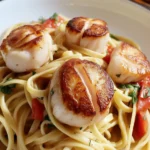
Seafood Pasta
Ingredients
Method
- Cook pasta according to package instructions, but reduce cooking time by 1 minute. Reserve cup of pasta water.
- While pasta is cooking, heat olive oil in a large skillet over medium heat.
- Add minced garlic and sauté for about 1 minute until fragrant.
- If using, pour in white wine and let it simmer for a couple of minutes.
- Add the seafood to the skillet and cook until just done, about 3-5 minutes. Avoid overcooking.
- Mix in cooked pasta, adding reserved pasta water to achieve desired sauce consistency.
- Finish with lemon juice and fresh herbs. Toss well to combine and serve immediately.


